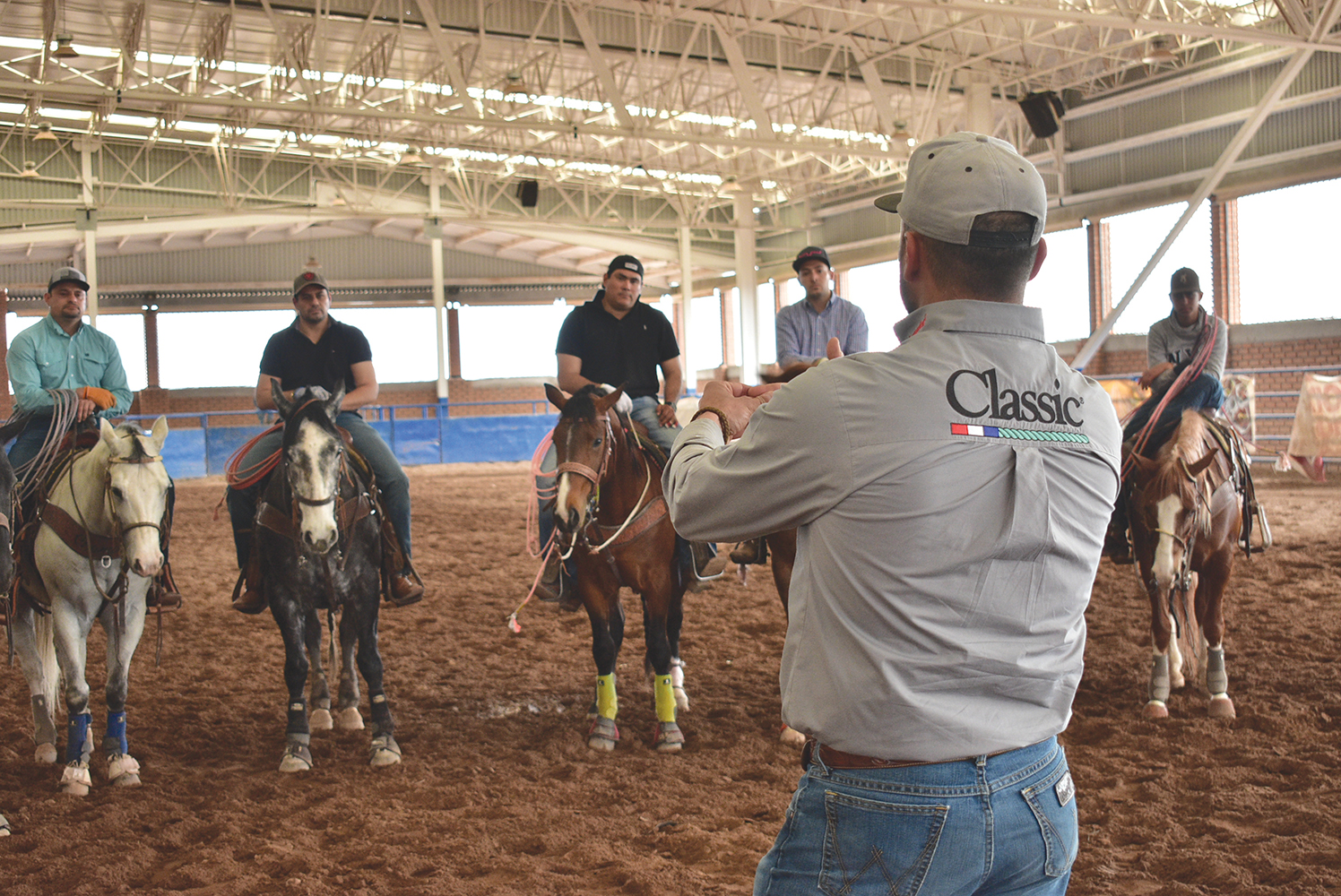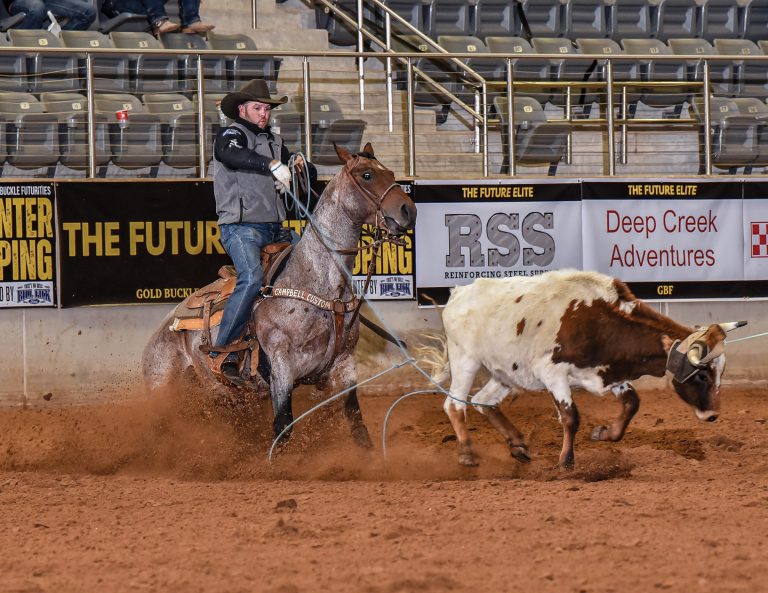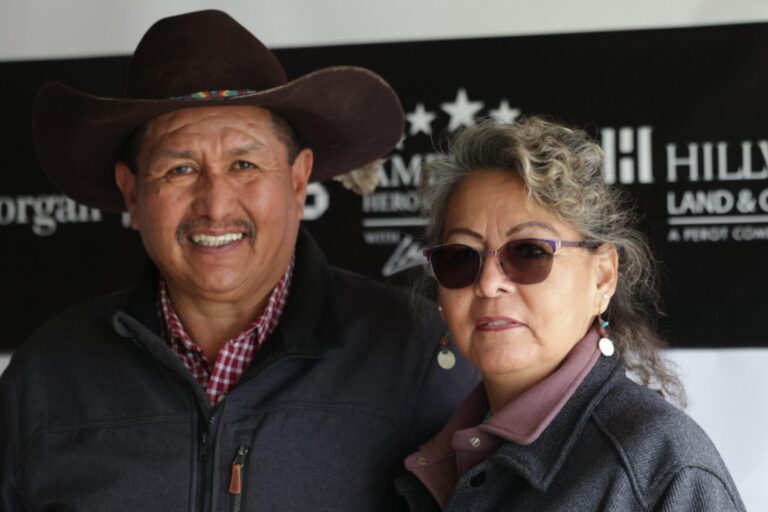Do you feel stuck at your handicap? Aldo Garibay explores what’s holding you back from roping at a higher level.
Aldo Garibay—one of roping’s top instructors in Mexico and South America—was stalled out as a 3 heeler until something clicked. His personal journey battling what he calls a “below-average” level of coordination is a lesson for the roping masses on how to overcome ability (or lack thereof) by filling gaps in fundamentals.
Read the Spanish version of this article here.
Have you asked yourself why some people rise relatively fast in the handicap system, and when we see them rope, they give the impression that roping is easier than it really is?
An ongoing training program and the supervision of an expert are the main reasons, but there is something rarely spoken about that can be the answer to all of our roping problems. That something is the fact that most of these people possess a higher level of natural coordination.
[WATCH: Aldo Garibay on Roping.com]
A small fraction of the population is born with a higher evident level of coordination. If we jog our memory back to our school days, those people were always very handy at playing sports because they had the ability to move their feet and both hands. As related to team roping, those same naturally coordinated people can reach an even higher handicap without the need for clinics or other roping courses, simply because of their capacity to observe and to imitate.
Not You?

Does that sound like you? If not, you are not alone. The reality is that we are part of that great majority of people with low levels of coordination. It is important for us to understand that our way of learning is different from that of a highly coordinated person if our goal is to continually evolve in the sport of team roping.
When referring to ropers with low levels of coordination, there are different types and a few of these never get past the 5-handicap threshold, especially if they don’t make the necessary adjustments.
On the other hand, those who did surpass this dreaded 5 threshold had, in many cases, a relative or a friend close by with the knowledge and the goodwill to help them learn and train. They may have also had periodic checkups from a professional coach who supervised, ensuring all training sessions were carried out in the proper manner, giving that roper a balanced program.
Unfortunately, the majority of ropers don’t have the good fortune to come across such a coach or mentor. Add to their woes the lack of coordination and years of friendly “free advice” from fellow low-number peers with good intentions, and the recipient is likely to deal with the same limitations.
Personal Case Study
The important aspect to keep in mind here is that if we don’t modify our focus, the probability of getting stuck permanently in a handicap below the 5 level is very high. In my particular case, it took 10 years to get out of the 3 handicap.
When we get stuck in a handicap number we are not able to fill, we do not know what steps to follow. We start cutting corners to be faster and handle cattle badly as a result. We buy a horse with a bigger motor but realize we aren’t qualified to show him off as well as we were told by the higher-numbered guy who sold him to us. We find out it was easier and more fun to rope on that old four-cylinder horse that needed to be hustled compared to the eight-cylinder horse that we now struggle to slow down. Not only do we miss more steers now, but our partners also miss more steers for us given bad handles. Those we end up roping do not bring faster times than before.
Personally, I possess a lower level of coordination—below average—and that is why it took me many years to feel I was generating consistency in my heel loops. I remember receiving instructions from George Aros and the late Byron Wilkerson at roping clinics in Arizona as if it was yesterday. Everything made so much sense and my brain was able to comprehend every instruction perfectly, but my body was not capable of executing them as instructed.
What about watching those videos of the professionals in competition? I thought they were born with superpowers. I thought I was never going to be capable of achieving perfect timing with my swings and the steer hops. Replicating the things we see or are told to do is difficult for a completely uncoordinated person.
The Missing Link for Team Roping at a Higher Level
My students always ask me to help them with the mistakes they make with their swing or throw, but when I analyze them at the beginning of the clinic, I realize that their worst mistakes are not associated with their swing or throw. In fact, those are the best things they bring to the table. You can see they rope the ground dummy without missing, but as soon as they are horseback and they face the variants of a live steer, their accuracy falls drastically.

The reason the 4 handicap is the most common in the world is that you cannot go further ahead if you are only focused on the roping hand without taking the horse into consideration. That is why we have to change our focus in training from “roping mode” (or rope-only mode) to “riding mode” (or horsemanship mode).
[RELATED READ: Roping’s Much-Needed Horsemanship Refocus]
Communication with the horse, better known as “horsemanship,” is established through the legs and the hand that holds the rein. When those of us who are uncoordinated leave the chute, we automatically put all of our attention on the roping hand, and we abandon the horse completely.
When the better ropers of the world leave the chute, their focus is completely on riding mode. This means that approximately 80% of their attention is centered on the horse and the variables the steer could present during the run. They leave the remaining 20% for the execution of the catch after matching their speed with the steer and being in the precise position where they rope their dummy. This differs from the lower-number ropers who start in 30% riding mode and 70% roping mode, as they end up throwing their loop in very unfavorable conditions that do not allow for consistency.
Team Roping at a Higher Level: Applying the Principles
My experience of having been a number 3 heeler for many years, coupled with the opportunity to work with thousands of ropers as a coach in present times, has allowed me to develop a system that has helped my students modify their focus relatively quickly.
Those of us who are uncoordinated learn differently, but those who are coordinated do not share that same problem. Basically, I start with the premise that all my students are uncoordinated. When I identify those who are more advanced, the exercises and the suggestions get more personalized. By pacing the energy of the horse throughout the day, we are able to hold several repetitions that give the students new knowledge via muscle memory.
The objective is for students to have those recently acquired horsemanship tools stand out to them immediately, so they take immediate ownership of them, which in turn helps them not want to revert to their old focus.
[RELATED READ: 5 Roping Fundamentals to Teach Children]
The philosophy consists of working 100% of the time in training the legs and left hand so they can finish their first clinic in 50% riding mode and 50% roping mode and that makes an enormous difference in 3 and 4 handicap ropers. My recommendation for my fellow ropers who desire to improve is for them to approach a professional coach. That way they can become successful ropers in less time, or even better, regain the winning streak they used to have with their old handicap by filling their current one properly.
If you want to boil water, you can do it by using medium heat, but why do so if you can achieve the same result in half the time by using full heat? We could practice and practice trying to get ahead, but if our training routine includes many errors, then our constant repetition will create habits that will make us an expert in those errors. For that reason, we should approach someone who can help us establish proper exercises; and then, as Tony Robbins says, “Repetition becomes the mother of skill.” TRJ











